
This year I’ve been teaching a Classical Astronomy class in our local homeschool co-op. I’ve been using both the Signs & Seasons textbook and the accompanying Field Journal. The curriculum is meant for high-school-age students, and after trying it out in a classroom setting, I’m eager to use it with my own kids when they get older.
Benefits of Signs & Seasons
- Biblical worldview. Every chapter continues to spell out the implications of Genesis 1:14, showing how God made the lights in the heavens for signs and season, days and years. Scripture can be found throughout the textbook.
- Focus on naked-eye astronomy. If you’re looking for a book about “deep space” astronomy or information about distant galaxies and quasars, this is not the textbook for you. If, however, you want to understand the “clockwork of the heavens” as seen from earth, then this book is perfect. The curriculum requires no special equipment like telescopes or binoculars.
- Well-illustrated pages. Astronomy is a very visual discipline. Students must think “spacially” to really grasp the concepts. Having well-made pictures is essential to learning it. Nearly every page of the textbook contains quality diagrams and pictures.
- Well-organized chapters. Jay’s book walks readers from the most basic concepts to more complex ideas in a way that is easy to digest.
- Integrated with classical sources. The textbook is filled with quotes from pre-modern astronomers, philosophers, theologians, artists, church fathers, poets, statesmen, mathematicians, and historians, integrating them into each lesson, making it ideal for a classical education model.
- Hands-on activities. The Field Guide is filled with activities for students to do…and I mean filled. Most of the activities require students to get out under the heavens and observe what they see. Yes, some of it requires students getting up at odd hours of the morning or staying up late, but that’s to be expected when it comes to astronomy.
- Ready-made tests. The Field Guide contains 8 tests that cover the 8 major chapters of the textbook. The tests, like the text book itself, are all well-written and well-illustrated.
- Supplemental archives. Since 2002, the author of Signs & Seasons, Jay Ryan, has been publishing the Classical Astronomy Update. This archive is a treasure trove of information.
Online Homeschool Video Astronomy Course
If you want to go deeper into the subject of astronomy, let me do the teaching for you! I’ve designed full-year online astronomy video courses for students elementary through high school. It is called Experience Astronomy. In the course, students learn how to find major constellations, how the sun, moon, and stars move, and how astronomy is applicable to daily life.

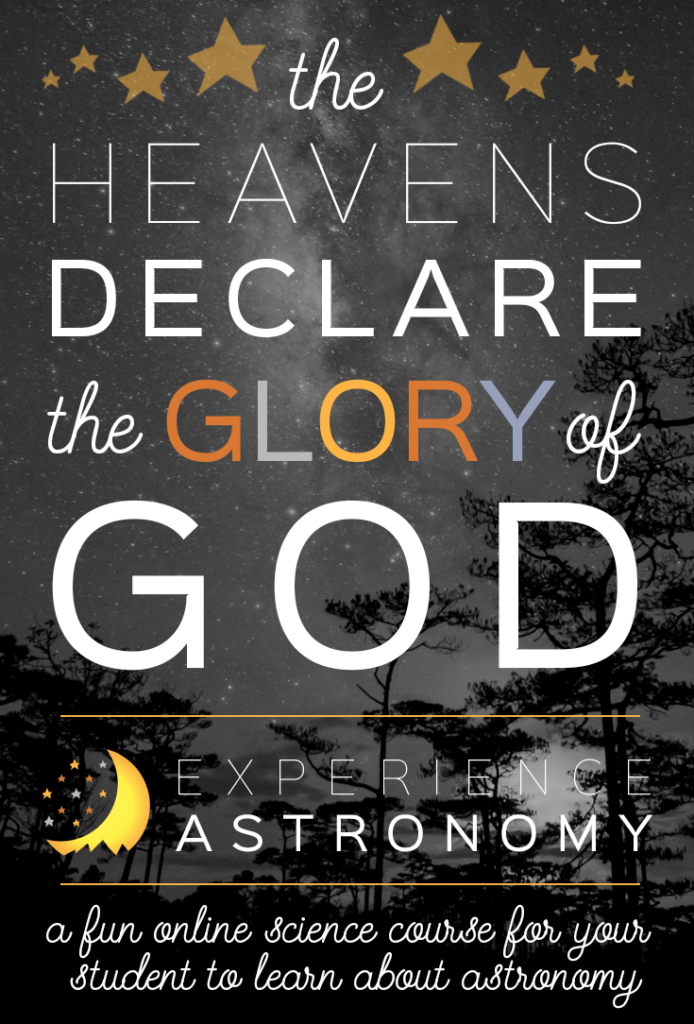
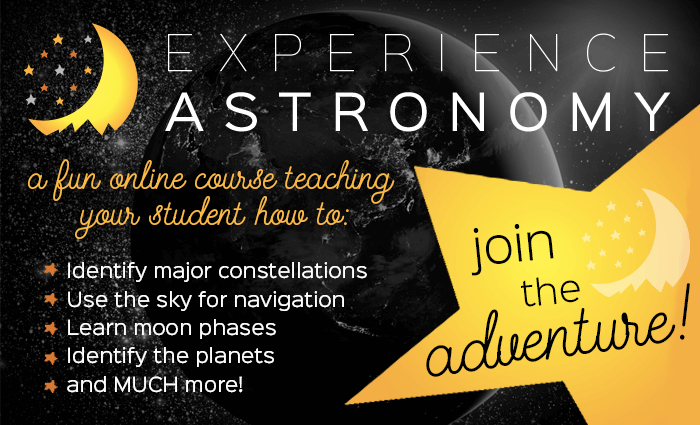
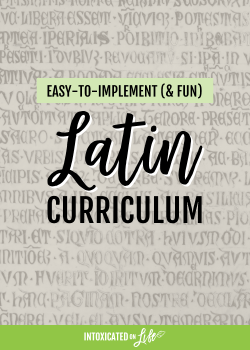
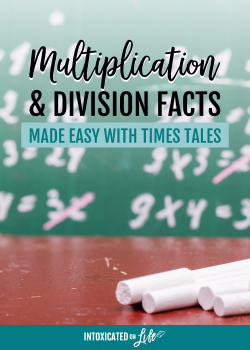

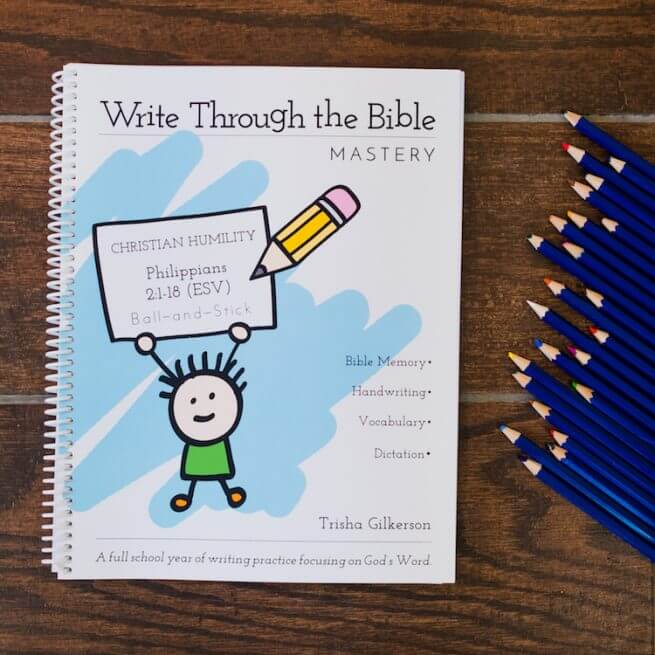
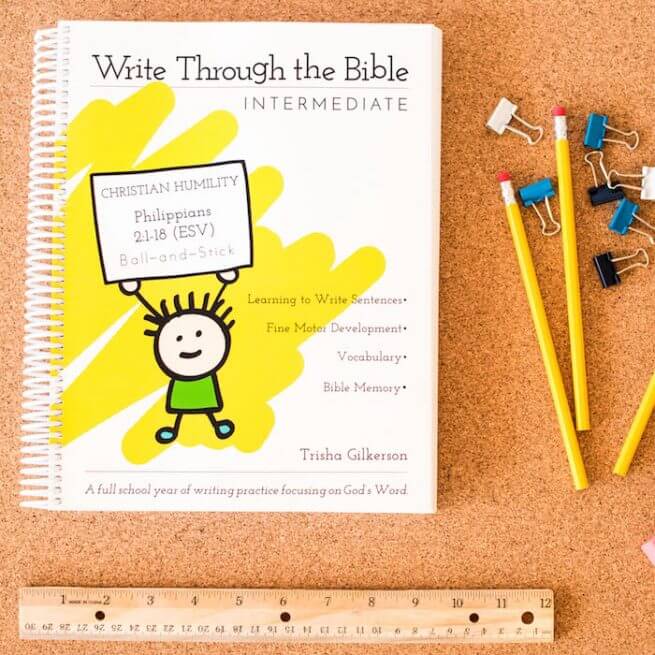
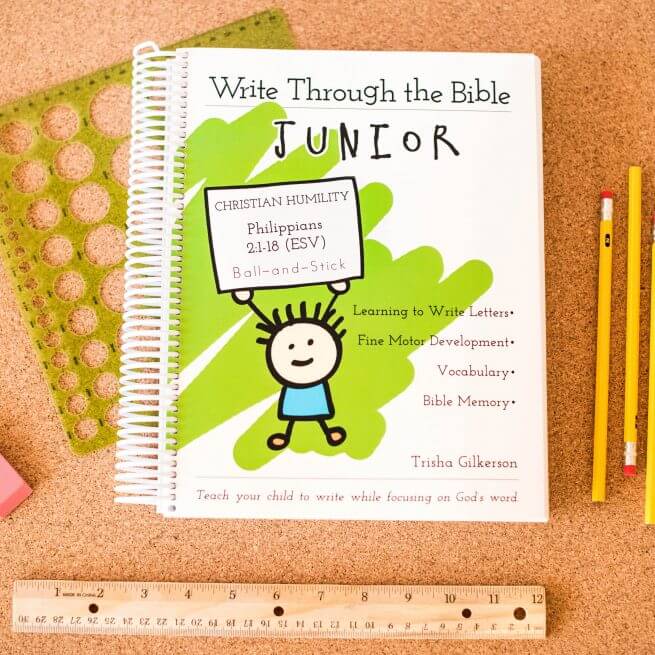
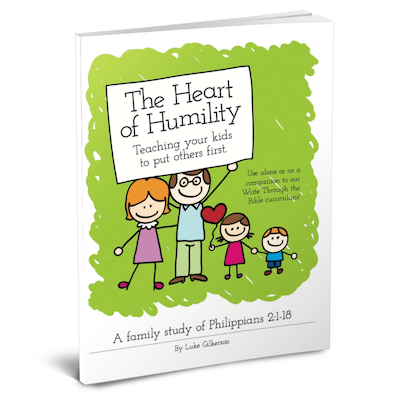

This is awesome! I’m working on putting together an astronomy course for my kids this year and this post has supplied me with some great recommendations for resources. I LOVE the course outline too. Thanks so much for sharing! I really appreciate your hard work and efforts!
Very interesting…thank you so much for your post. Would you mind telling me which of the clips you used from “Our Night Sky” and which chapter they corresponded with? Thank you!
Unfortunately I lost all my class notes when my computer crashed. If memory serves, I drew the clips from Lessons 1, 2, and 4. Those lessons offer the best 3D visualizations and the clips fit nicely into the curriculum.
Hi,
This course sounds ok, but we live in Australia, and I was wondering if a lot of the work was just American focused, because we have a different night sky. Thanks for your time.
Bernie
While I believe this book is valuable for anyone, no matter where they live, all the diagrams assume a northern hemisphere perspective and may be confusing for a student in Australia.
Thank you so much for sharing your syllabus, it is exactly what I was looking for for my kids. We already have the text and field guide, but I was having a hard time outlining what I wanted them to do. I really appreciate you sharing your hard work!
Glad I could help! I’m going to be teaching the curriculum again this coming school year and I plan on modifying this some. I am definitely going to be include some kind of moon viewing activities (unlike the syllabus I have linked here).
I came across your syllabus as I was looking into using Signs and Seasons. I was wondering if you have an updated version with the moon viewing activities.
Thank you!
I have a whole book with activities now, including moon viewing material.
Actually, if you are interested, I’m preparing to launch an online course this fall teaching astronomy.
Have you ever read the book “The Witness of the Stars” by E. W. Bullinger? It was originally written in 1893. From the back cover: Building upon ancient astronomical sources and upon current scientific data, the author displays how the constellations witness to the accuracy of Biblical prophetic truths. Numerous celestial charts and diagrams are provided to lend vivid support to his conclusions. With the Psalmist one discovers that “the heavens declare the glory of God and the firmament showeth His handiwork”‘ thus encouraging Bible students to look upward for the coming of Christ.
Basically the book shows you the ancient names of the stars in the constellations and how the names point to the message of God’s salvation for the world . It’s a fascinating book!
I own that book, yes. It is interesting, for sure. I’ve not studied the validity of Bullinger’s theories for myself, which is why I’m hesitant to teach about them.
This sounds great. I have been looking for a high school astronomy class for my very enthusiastic high schooler. Do you think this course has enough to be a year long class and possible substitute for physics? He would much prefer this to physics any day. He himself has already given short lectures to other homeschool kids, younger than he, about the night sky during Christmas. the Bethlehem Star DVD was a big inspiration.
What are your thoughts? Can we go straight with this or would we need to supplement?
Thanks
If you accompany this with the Field Journal, you’ll have more than enough to keep him occupied for a year. I wrote a Field Guide myself for my students if you want to see that instead.
From the standpoint of replacing physics, I would just make sure you’re in alignment with whatever your State requirements are. If he’s required to take physics, then no. But if astronomy is an acceptable science for high schoolers, then yes.